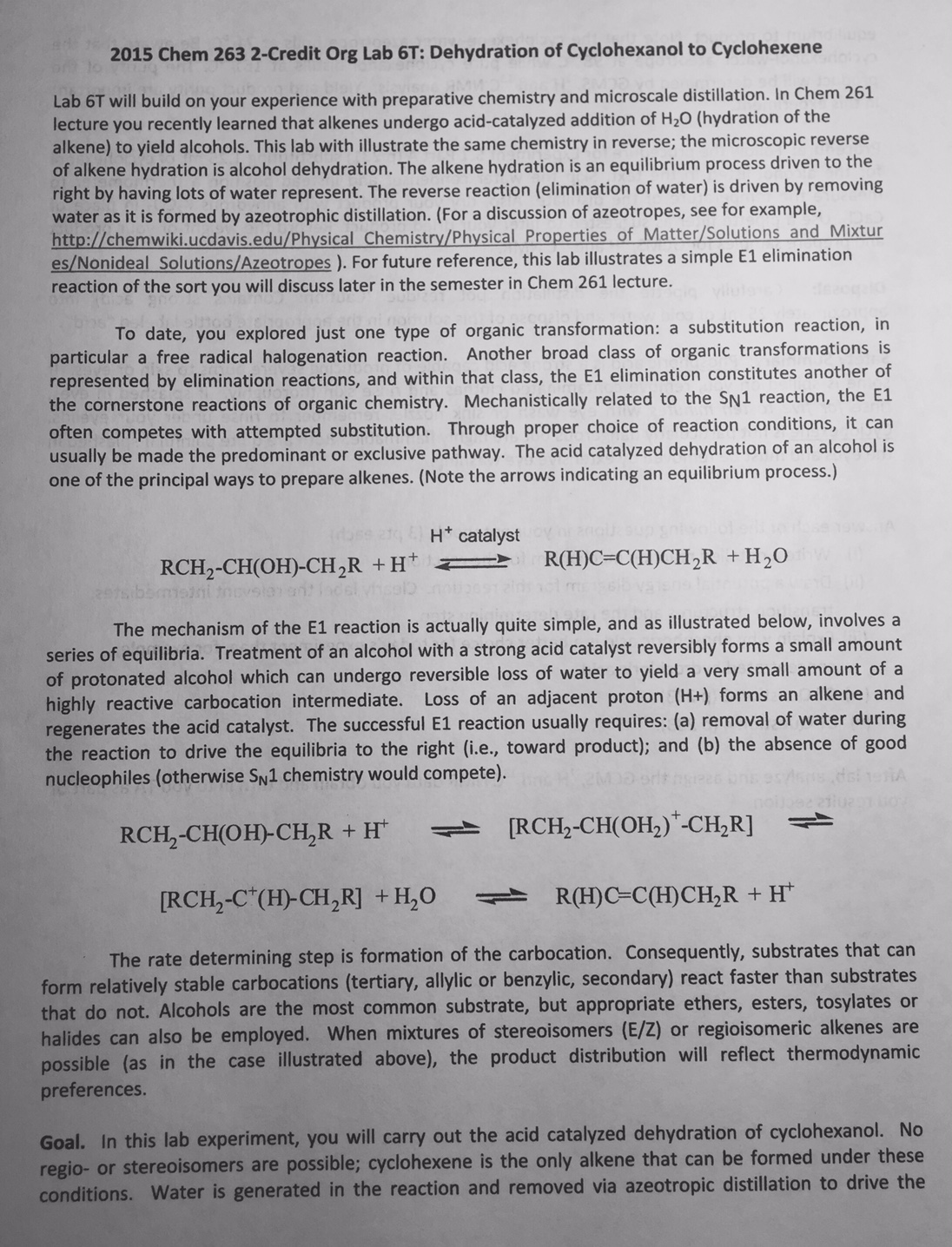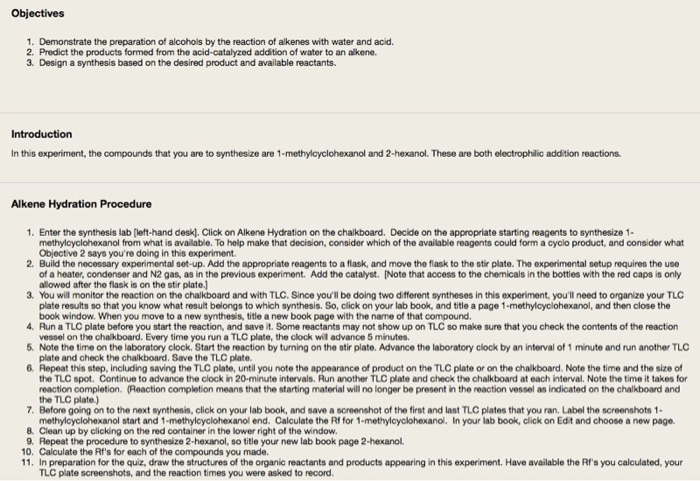Do you hope to find 'alkene hydration hexanol lab report'? You will find all of the details here.
Table of contents
- Alkene hydration hexanol lab report in 2021
- Can the ir spectrum be used to determine a mixture of 2-hexanol and 1-hexanol? explain your answer.
- Hydration of 1-hexene equation
- Is your percent yield within reason of what you would expect? explain your answer.
- Markovnikov's rule
- Hydration of 1-hexene chegg
- Lab report example
- Hydration of 1-hexene lab report
Alkene hydration hexanol lab report in 2021
 This image shows alkene hydration hexanol lab report.
This image shows alkene hydration hexanol lab report.
Can the ir spectrum be used to determine a mixture of 2-hexanol and 1-hexanol? explain your answer.
 This picture illustrates Can the ir spectrum be used to determine a mixture of 2-hexanol and 1-hexanol? explain your answer..
This picture illustrates Can the ir spectrum be used to determine a mixture of 2-hexanol and 1-hexanol? explain your answer..
Hydration of 1-hexene equation
 This picture illustrates Hydration of 1-hexene equation.
This picture illustrates Hydration of 1-hexene equation.
Is your percent yield within reason of what you would expect? explain your answer.
 This image demonstrates Is your percent yield within reason of what you would expect? explain your answer..
This image demonstrates Is your percent yield within reason of what you would expect? explain your answer..
Markovnikov's rule
 This picture demonstrates Markovnikov's rule.
This picture demonstrates Markovnikov's rule.
Hydration of 1-hexene chegg
 This image representes Hydration of 1-hexene chegg.
This image representes Hydration of 1-hexene chegg.
Lab report example
 This picture demonstrates Lab report example.
This picture demonstrates Lab report example.
Hydration of 1-hexene lab report
 This picture shows Hydration of 1-hexene lab report.
This picture shows Hydration of 1-hexene lab report.
How to calculate the amount of cyclohexene in 1 mol?
Because 1 mol of cyclohexanol should produce 1 mol of cyclohexene, 0.0205 mol of cyclohexanol should produce 0.0205 mol of cyclohexene. Convert this number of moles of cyclohexene to grams of cyclohexene by multiplying by the MW of cyclohexene (82.1 g/mol). 0.0205 mol x 82.1 g/mol = 1.68 g cyclohexene
How does the dehydration of cyclohexanol take place?
The dehydration of cyclohexanol follows the E1 mechanistic pathway. The dehydration reaction involved three steps. First to occur is the protonation of the alcohol by the acid, in the process the Hydroxyl- group is converted from a poor leaving group to a good leaving group.
What happens when an alcohol is dehydrated to an alkene?
In the presence of a strong acid, an alcohol can be dehydrated to form an alkene. The acid used in this experiment is 85% phosphoric acid and the alcohol is cyclohexanol. The phosphoric acid is a catalyst and as such increases the rate of reaction but does not affect the overall stoichiometry.
Last Update: Oct 2021